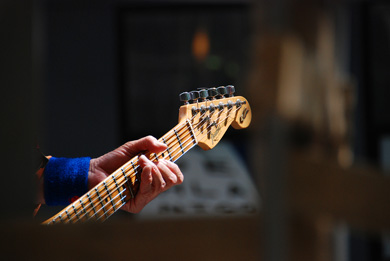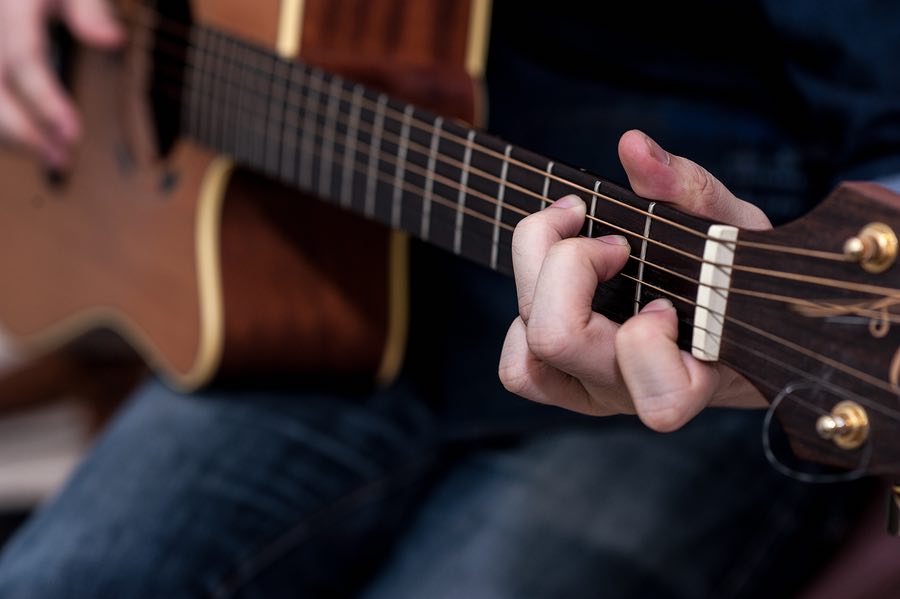January 16, 2025 by Klaus Crow

Setting goals and writing them down in a notebook is a fun activity that gives your guitar life a meaningful direction. It’s one of my favorite hobbies.
For me that’s the easy part. The second part is a little trickier: Figuring out The Most Effective Way to Accomplish Your Guitar Goals.
I can’t say I’ve been lousy at accomplishing my guitar goals, but in the past there were always some goals that I somehow couldn’t get off the ground.
Maybe one reason is that I had too many goals (blame it on my enthusiasm). Well, we all have excuses.
Eventually I tackled this hurdle by creating accountability. When you feel accountable you are assured of achieving your goals. The steps you have to take become a priority!
For me, playing in a band is the perfect way to learn and become skilled at a new style of music (pop, rock, blues, folk, metal, jazz). I really get on top of it and make sure I do everything in my power to be ready for the next band rehearsal. I respect the people I’m playing with and I don’t want to let them down.
Another example is that I often create a challenge for my guitar students to study a song or solo within a couple of weeks and then have them perform it in front of their co-students. It works.
Accountability gives you the boost you need to get things done!

 The first metal band I really digged was Iron Maiden. I guess I was about ten years old.
The first metal band I really digged was Iron Maiden. I guess I was about ten years old.